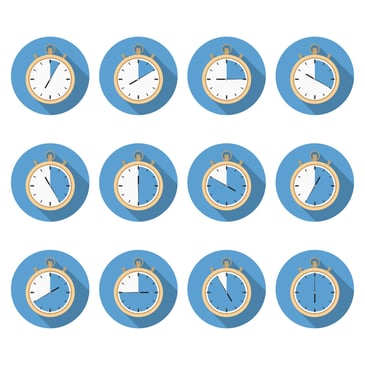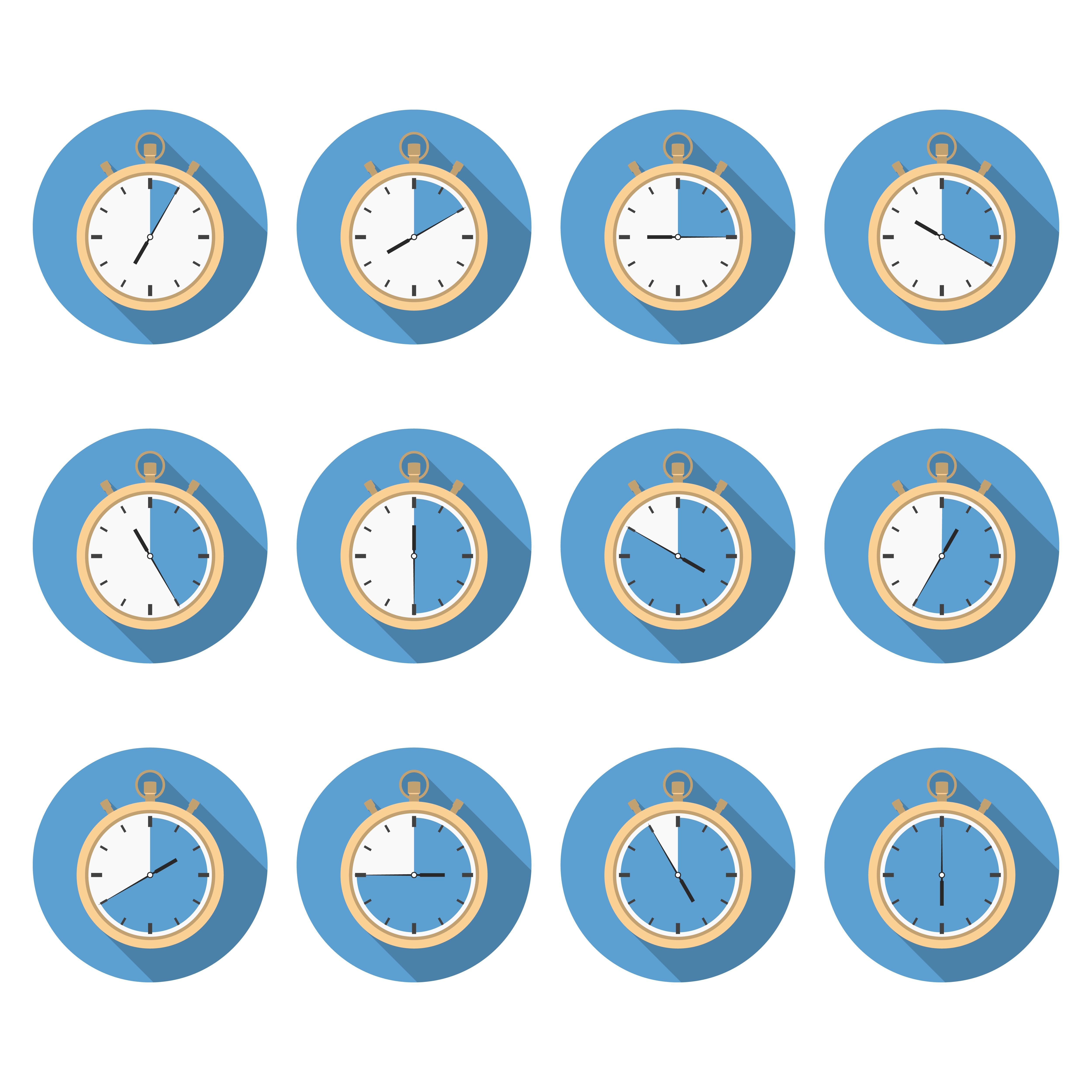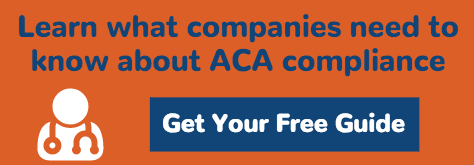Consequences for ACA noncompliance have employers and human resources staff on their toes about employee benefits eligibility and time tracking.
There are a lot of questions—what do employers need to track for ACA compliance? What tools can they use to do this?

The Affordable Care Act and Employer Shared-Responsibility Reporting (also referred to as the Play or Pay mandate) require some type of time and attendance tracking for all employee classifications in order to report on benefits offered to eligible employees.
If your company has traditional full-time employees working predictable hours every week and month, tracking hours may not seem so complicated. However, if you’re a company with variable hour employees like seasonal workers, fleet, or remote workers, or you have new employees whose predicted hours are unknown, time tracking for health care reform gets complicated.
How do you track time for ACA compliance with full-time employees and variable hour workers? The ACA offers ways to measure time worked and benefits eligibility before the employee becomes eligible using ACA Measurement and Stability Periods. The time worked during this period determines the status for another specified period of time even if the worker’s hours change in order to create some kind of predictability in benefits eligibility.
Measurement Period
Also called the look-back period, the Measurement Period is the set period of time an employer records the hours worked by a variable hour employee. This Measurement Period is required to be between three and 12 consecutive months (designated by the employer).
Administrative Period
The time for an employer to calculate the average hours worked by an employee during the Measurement Period in order to determine the employee’s benefits eligibility. The Administrative Period allows employers up to 90 days to complete the calculations, though this can be done in moments with an integrated HR system and ACA module. Most companies will align this with their open-enrollment period.
Stability Period
The Stability Period is the period when employees who have been determined to be full time in the Administrative Period become eligible and must remain eligible for health coverage. This “hold period” allows employees to maintain the status determined in the Measurement Period for the designated amount of time in the Stability Period. The Stability Period is required to be between six and 12 months. With the exception of the first year, the Stability Period cannot be longer than the Measurement Period.
Companies must be able to prove that benefits were offered when an employee reached eligibility status. With a time tracking system, you won’t be surprised. Time tracking systems with ACA modules will send alerts when an employee has scheduled hours that would put them over the eligibility limit or when employees become eligible for benefits.
But ACA compliance isn’t the only reason you should be tracking employee time. Here are a few more reasons to be aware of when employees are on the clock:
Changes to Overtime Pay Law
With the FLSA proposed overtime pay laws possibly changing the threshold for non-exempt white collar employees, tracking employees’ time is even more necessary. The DOL’s proposed overtime law changes would more than double the minimum salary threshold for overtime pay eligibility. Changing laws means employers need to have actual data for hours worked in order to track when employees are reaching overtime.
Tracking PTO
Optimize tracking PTO use and accepting/denying PTO requests with an integrated time and attendance system. Think of the time it takes an employee to verify if their eligibility for PTO, follow the proper procedures to request that PTO (if they do), submit the request, then for HR or another manager to receive the request, verify that the employee has the PTO requested and that the designated time is okay for the employee to take the time off, then get back to the employee with an approval or denial of the request...That is a mess! Track time and no one has to second guess PTO allowances.
Productivity
Employers who track employee’s hours help their workers to focus on what matters most and to improve their output. Whether employers track when employees arrive and leave or have employees track each task, there is a certain accountability in time tracking that keeps people productive.
There are many reasons—legal and practical—to use a time tracking system for your employees at any level or classification. What other tools do employers need to be ACA compliant? Download our ACA Tools of the Trade resource now.


